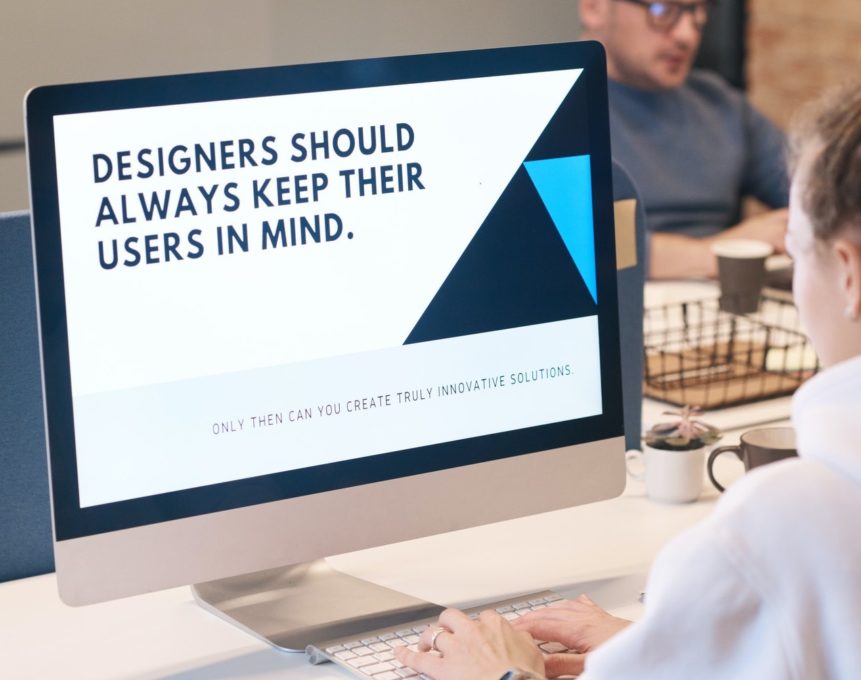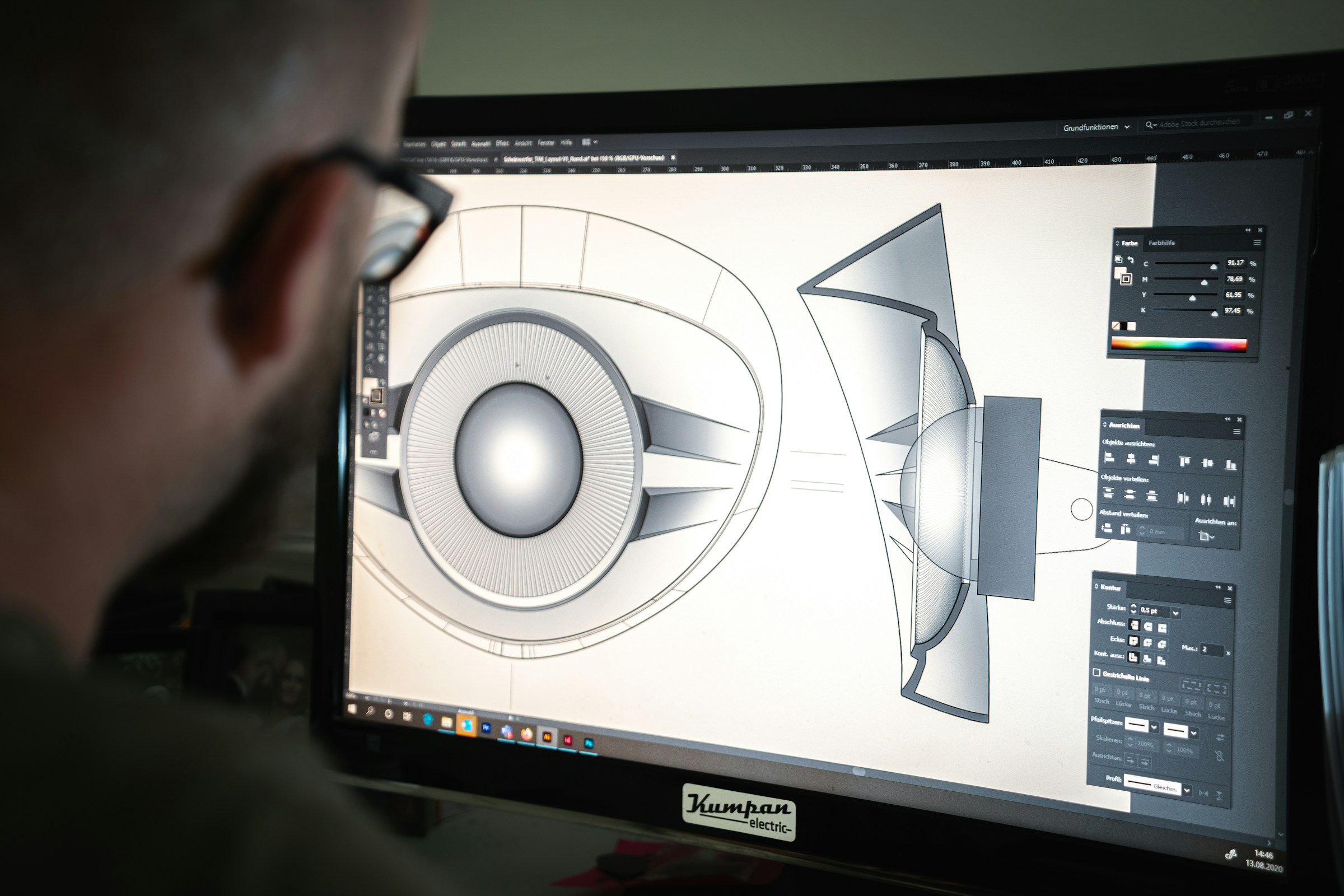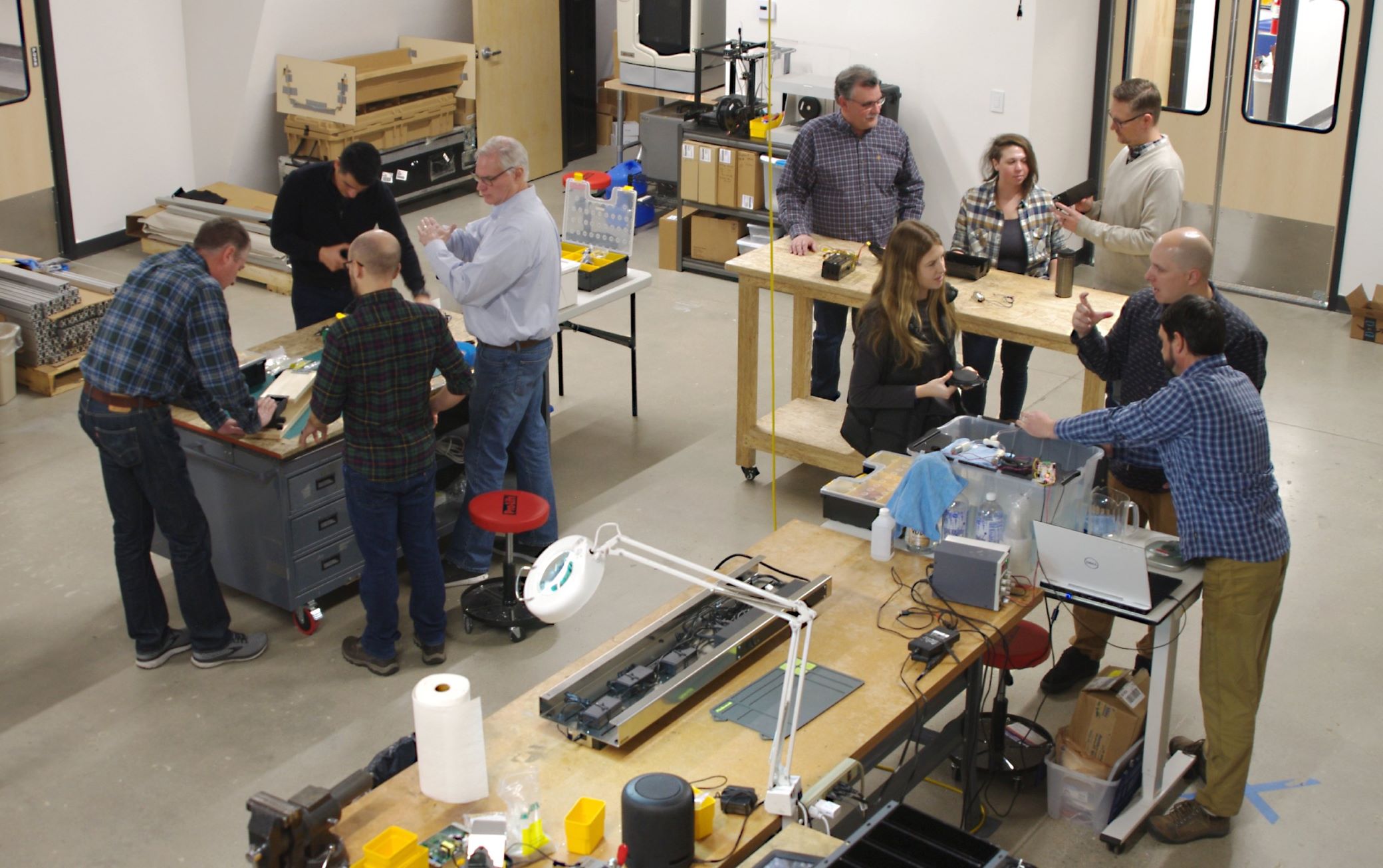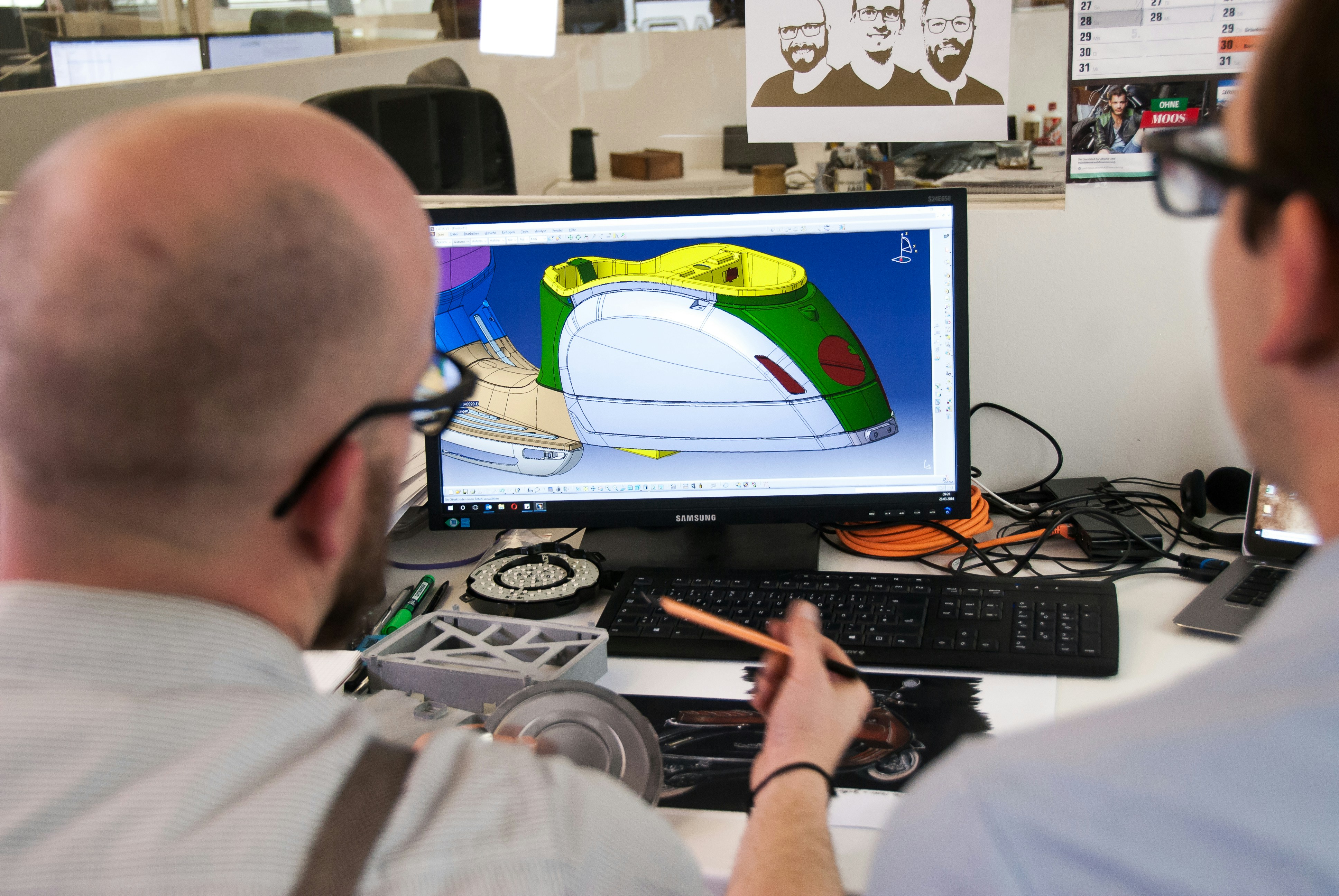From the smartphone in your pocket to the vehicle you drive, great products don’t just happen. They require more than an advanced technical skillset or a team of talented developers. A great product requires thoughtful consideration of its end-user. This is where the user experience and user interface design come in.
UX, or user experience, is defined as how a user interacts with and experiences a product. It includes a person’s perceptions of utility, ease of use, and efficiency. It also plays a critical role in product development. UX designers are a crucial part of the process, as they are responsible for making sure a product’s end-user is at the forefront of all important development decisions. Similarly, UI refers to the user interface and this type of design focuses on how a product looks, feels, and functions — its aesthetic elements.
Why Are UI/UX So Important?
To develop products that complement human behaviors, one must understand how users interact with those products — and then be willing to make design decisions that accommodate their behaviors. UI/UX development is an important tool used to gain this understanding, and it’s a crucial part of our development process here at SGW.
While it may seem like the software development world is leading the way with intentional UI/UX, anybody trying to create a successful physical product needs to be using solid UI/UX practices. For instance, when product developers consider how a user interacts with a piece of hardware, we must think about things like ergonomics, sensory informational feedback, simplicity in operation, placement of interactive features, and more. Without a real focus on UI/UX, there’s no efficient way to prioritize features and deliver a great user experience.
Here are five best practices for integrating UI/UX into the development process.
UI/UX work should begin as early in development as possible.
Starting UI/UX work in the definition stage of the project can ensure that the rest of the project prioritizes the user. It helps to identify the product’s most important features. This also prevents major changes from happening later in the project, which can slow development timelines and increase costs. If you are a product developer, make sure your client is able to articulate their vision — and stick with it. Even small changes that may seem like minor feature improvements can have huge implications down the road.
UI/UX should be iterated throughout development, too. To overlay this onto normal processes, it’s typically a good idea to expect the heaviest UI/UX work to be early in the project, then continue through phase 3x.

Start by building user profiles and use-cases.
An important early step is to build out user profiles and use-cases. For example, if you are developing an IoT kitchen appliance, you will need to answer the following questions:
- Who is the user?
- Why are they using this product?
- What are their expectations, wants, and needs each time they use the product?
After answering these questions, you can begin to define the actual steps involved when using the product and determine whether or not these steps help them achieve the outcomes they are expecting.
Examine the process closely (and don’t overlook users with limitations).
Throughout this effort, consider whether the steps in the process are simple enough to avoid confusion. Ask yourself, will the user’s interaction with this product be frustrating, exciting, rewarding, etc.?
Also, keep in mind that incorporating universal design to accommodate a wide variety of users — specifically, those with physical or mental limitations — can greatly improve the usability of a product or system process. This accommodation should not be an afterthought. Rather, it should be a focus item early in the developmental stages.
Find ways to test and validate use cases.
Designers should test and validate use-cases by creating preliminary product mock-ups and testing with small user groups. This helps to identify which assumptions about the user and use-cases are valid or invalid. And just like the design of the product itself, it’s a good idea to iterate the user profile and use-cases based on testing.
Here’s one example. When designing an aircraft ground power unit (GPU) for a client, we used virtual reality to test our assumptions and validate the use case. The issue at hand was serviceability: we needed to determine if the placement of the unit’s oil filter was appropriately positioned so that it could be conveniently replaced. So, we brought the client’s technicians in-house and invited them to interact with the prototype in VR. We learned that moving the filter slightly lower in the chassis would make it easier to reach, and therefore easier to service. Since we did this in VR, we avoided a costly physical prototype iteration.
Don’t rely on the wrong team members to define UI/UX.
Remember: UI/UX is a specific field of expertise that is different than programming or engineering. The technical team will certainly have insightful interactions with the individuals who are focused on UI/UX, but it is a mistake to expect good UI/UX results from engineers only.
We all have assumptions and biases. And relying on one’s own biases is not enough to justify how a user will interact with the product. User testing is the best way to make development decisions, as these decisions are based on actual interactions with the product (not just on our assumptions).
The Big Picture
The primary goal of UI/UX work should be to ensure that a product delivers the experience and outcome that the user expects. This is critical for any product – from IoT wearables to charging docks — and should be done early in development by team members with this specific experience. It begins with building user profiles and use-cases and then requires continual examination for effectiveness. Throughout development, UI/UX work also requires user testing for validation (or invalidation), as well as special consideration for users with limitations. By observing these UI/UX best practices, product development teams will be on track for success.
If you’d like to learn more about our approach or talk about your next project, drop us a line.





